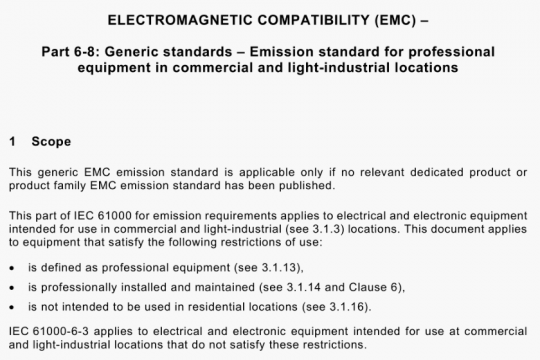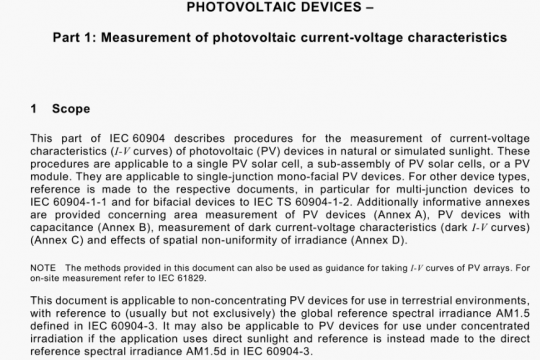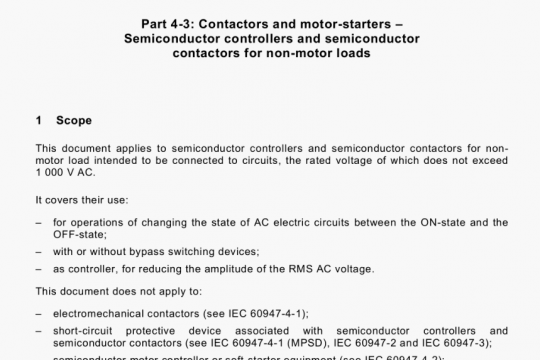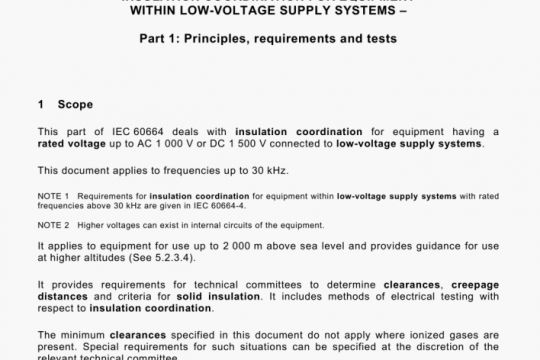ISO/IEC 24730-62-2013 pdf free
ISO/IEC 24730-62-2013 pdf free.Information technology一Real time locating systems (RTLS) Part 62: High rate pulse repetition frequency UItra Wide Band (UWB) air interface.
4.2 Not covered by the standard
The design of the infrastructure is left completely to the developer. e.g. the density of RTLS reader nodes, how the RTLS reader nodes are controlled and communicate with each other, how the infrastructure is set up, etc. may be different in various scenarios and for systems from different vendors. For typical RTLS applications, at least three RTLS readers need to receive the blink message from a tag, measuring its time of arrival, in order to locate the tag.
4.3 System
After power on, a tag uses a default profile in which it blinks periodically. With each blink the tag signals its physical address and optional information about whether and when it can receive commands from the infrastructure.
The infrastructure may use the arrival times of the blink at a number of time synchronised readers to compute the tag location using TDOA mechanisms.
The infrastructure may decide (for two-way capable tags) to command the tag to perform two-way ranging to a number of similarly capable reader nodes in the vicinity. By sending commands to the tag while the tag is listening, the infrastructure may select the reader nodes with which the tag performs two-way ranging. Furthermore the infrastructure can adapt the behaviour of the tags to the actual conditions such as the number of tags in range, number of infrastructure nodes available. etc.
When a two-way tag loses connection to the infrastructure, i.e. doesnt receive any commands for a certain time, it reverts to its default blink activity.
4.4 Document structure
The remainder of this part of ISO/lEG 24730 firstly defines and specifies the Physical Layer (PHY) layer modulation and then defines the basic message format before separately detailing the messages of the default one-way communications mode of operation and the messages of the optional two-way communications mode of operation.
5 Physical (PHY) layer specification
5.1 General
The High Rate PRF (HRP) UWB physical layer herein called the UWB PHY, employs a mean PRF that is nominally 16 MHz or optionally nominally 64 MHz. The UWB PHY waveform is based upon an impulse radio signaling scheme using band-limited data pulses. The UWB PHY supports two independent bands of operation:
— The low band, which Consists of four channels and occupies the spectrum from 3.1 GHz to 4.8 GHz
— The high band, which consists of eleven channels and occupies the spectrum from 6.0 GHz to 10.6 GHz
Within each channel, there is support for at least two complex channels that have unique length 31 SHR preamble codes. The combination of a channel and a preamble code is termed a complex channel.
A combination of burst position modulation (BPM) and binary phase-shift keying (BPSK) is used to support both coherent and non-coherent receivers using a common signaling scheme. The combined BPM-BPSK is used to modulate the symbols. with each symbol being composed of an active burst of UWB pulses. The various data rates are supported through the use of variable-length bursts.ISO/IEC 24730-62 pdf download.




